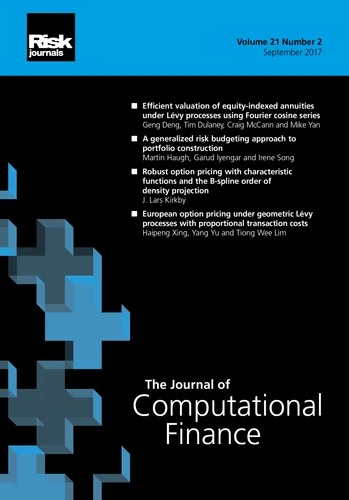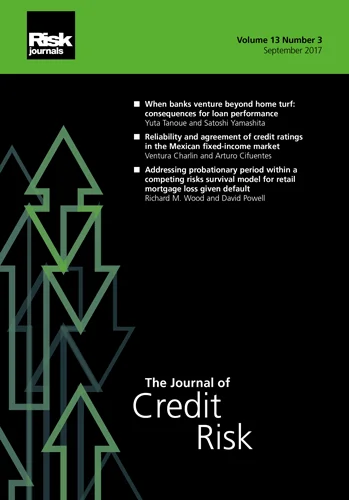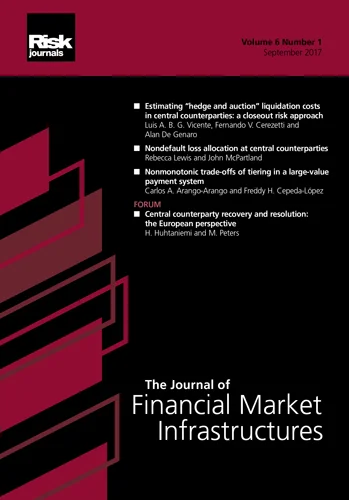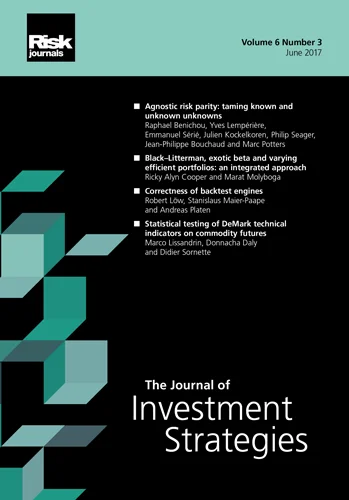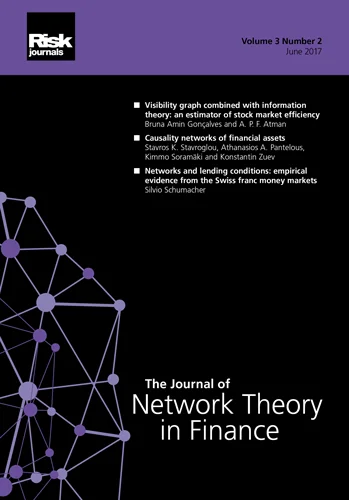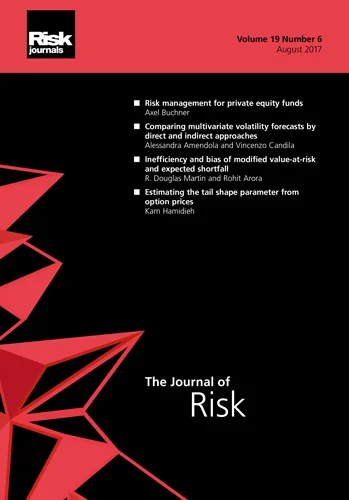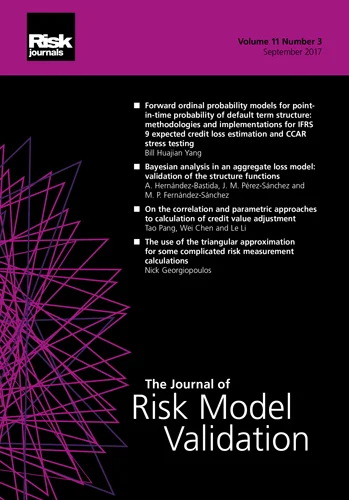Journal of Investment Strategies
ISSN:
2047-1238 (print)
2047-1246 (online)
Editor-in-chief: Ali Hirsa
Volume 5, Number 4 (September 2016)
Editor's Letter
Welcome to the fourth issue of the fifth volume of The Journal of Investment Strategies. In this issue, we present you with three papers on portfolio risk modeling and risk-driven investment strategies.
In the first paper of the issue, Zura Kakushadze and Willie Yu present a complete exposition of a general multifactor risk modeling framework that allows a flexible combination of different types of factors. More traditional frameworks usually restrict the factor types to be either time-series oriented, ie, those with observed factor returns and derived factor exposures, or fundamental, ie, those with observed factor exposures and derived factor returns. The latter also usually includes indicative factors based on various industry or sector classifications, which can be treated as a special case of fundamental factors. The authors demonstrate how these different factor types can be combined within a nested Russian-doll factor framework, and they provide detailed specifications for building factor covariance matrixes and for estimating the factor variables.
The most important distinction between the methodology presented in this paper and the more traditional frameworks is the use of the indicative factors (sectors, industries and subindustries) as a primary set, and the embedding of the time series or fundamental style factors within each indicative segment, separately, rather than defining them across the entire universe. The authors demonstrate that this approach allows us to regain the explanatory power of the style factors, which is otherwise quite low if measured in addition to industry factor set. One important comment with regard to this is that, by embedding similarly designed style factors separately in each industry segment, we have multiplied the number of factors significantly and therefore, while the aggregate added value of such style factors might be more impressive, the per-factor value is a lot less. Notwithstanding this, so far as the number of cross-sectional observation data points is still sufficiently large to allow a reliable estimate of the per-industry style factor parameters, it would still be beneficial to use this technique compared with broader universal style factors, as shown in the backtests presented in this paper.
The issue's second paper, by Binam Ghimire, Leigh Perrott and Dipesh Karki, focuses on one relatively well-known smart beta factor: a minimum variance portfolio. A specific type of the portfolio selection rule is based on comparing cross-sectionally the implied variance from the options markets. The authors show that, while the better risk-adjusted returns are achieved by the minimum variance portfolio quite reliably, the nominal outperformance is highly dependent on market conditions. In particular, the times when this type of smart beta portfolio outperforms the more traditional benchmarks are when options volumes are relatively high in relation to stock volumes. This seems quite logical, as in this case the price discovery in the options market will be more efficient, and therefore portfolios constructed using this information will be more likely to benefit from the belated actions of investors who only pay attention to equity markets and do not follow options markets.
I think this paper illustrates well a more general point: that the performance of every type of systematic strategy, be it a smart beta portfolio construction method or a particular trading algorithm, is likely to be dependent on market conditions. For every specific way of picking and trading stocks, there is a confluence of market conditions that amplifies its performance and, conversely, there are many other market conditions during which this specific set of variables happens to not be the most important. Consequently, during those latter market conditions, the performance of the portfolio that is built around these variables will most likely also be subpar.
In our third and final paper, which appears in our strategy forum, Wai Mun Fong discusses an application of the fractional Kelly investment strategy to the case of low-risk stocks. The author shows that the fractional Kelly criterion is essentially a particular solution to Merton's intertemporal investment problem, under the assumptions of stocks having lognormal returns and investors following constant relative risk aversion. Therefore, application of fractional Kelly portfolios to long-term wealth management is quite appropriate. Furthermore, the paper shows that, unlike the "full" Kelly model, fractional Kelly portfolios rarely require much leverage. This is an additional attractive feature that make them more amenable to realistic practical use.
While it is difficult to convince investors to universally abandon market-cap-weighted investment approaches, for those who are more demanding and adventurous there are plenty of good choices, including the ones discussed in this issue of The Journal of Investment Strategies.
I would like to thank our readers for their continued support, and I look forward to bringing you more such interesting papers in future issues.
Arthur M. Berd
General Quantitative LLC
Papers in this issue
Fractional Kelly strategies with low-risk stocks
This paper uses the fractional Kelly strategies framework to show that optimal portfolios with low-beta stocks generate higher median wealth and lower intra-horizon shortfall risk.
The effect of market conditions on forward-looking portfolio performance
The authors of this paper apply a forward-looking approach to the minimum variance portfolio optimization problem for a selection of 100 stocks.
Multifactor risk models and heterotic CAPM
The authors of this paper give a complete algorithm and source code for constructing general multifactor risk models via any combination of style factors, principal components and/or industry factors.
